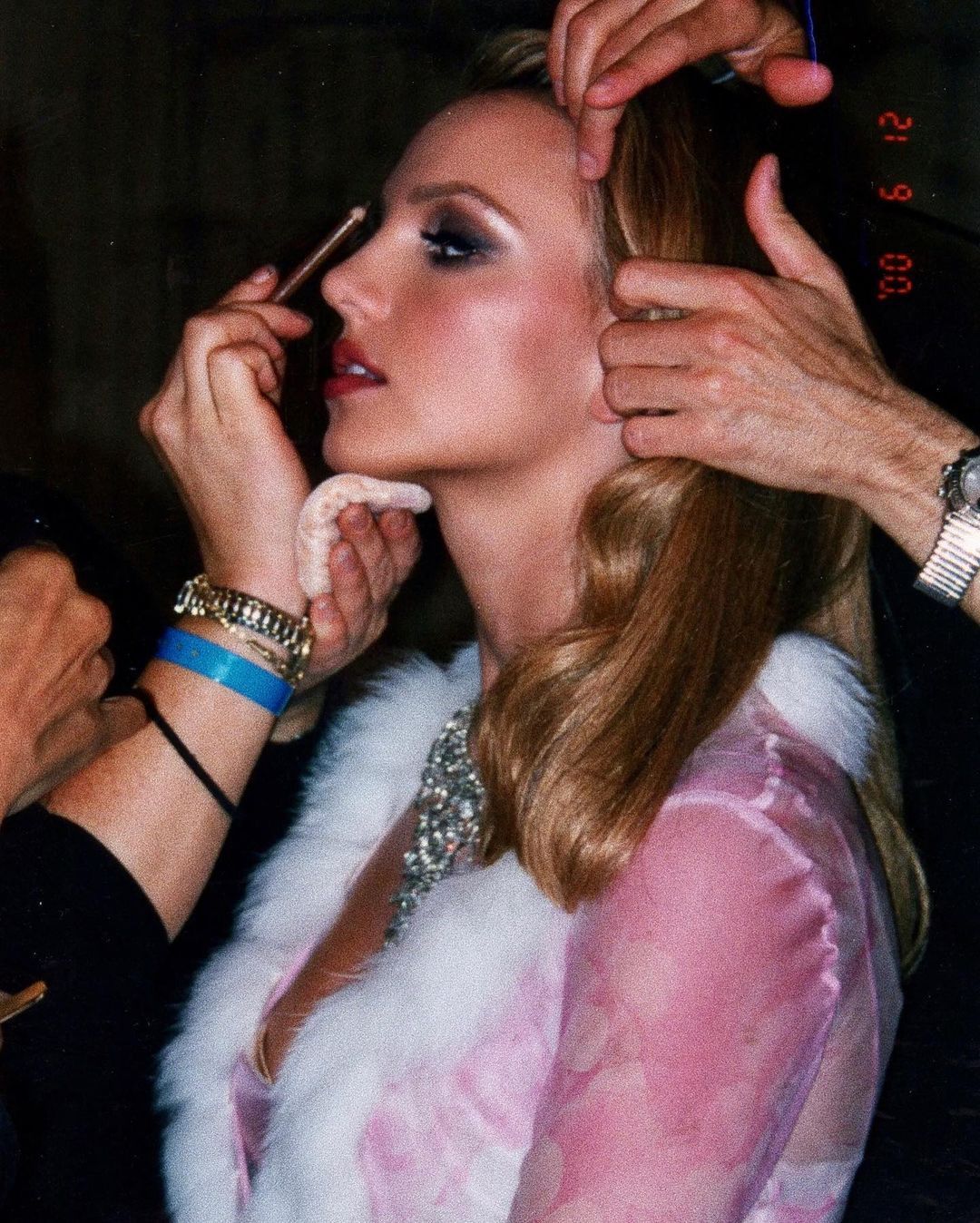We are at the apex of the #FreeBritney movement as J*mie Spears requests to end Britney’s conservatorship that has kept her physically and financially incapacitated for 13 years. The Britney Spears conservatorship serves as yet another case study for what happens to kids years after they grow up in the limelight.
Child stars are seen as America’s angels; we laud them for the incredible talents and abilities that they’ve cultivated at such a young age, launching them to stardom. We raise them up to wuthering heights and standards that they could not possibly live up to — and take jabs at them as they make publicly questionable decisions. We look back on these idols and icons of our childhood and wonder, “Where are they now?”
They’re young, rich and famous … What problems could they possibly have? People who are inducted into fame and fortune at an early age are often not mature enough to handle public scrutiny. Children and young adults often do not have enough life experience to help them cope with the pressures of being a public figure on their own. Criticism is hard for any person to take and celebrities are under a microscope that magnifies that criticism on a global scale. A study conducted by the University of New Hampshire suggests that the most formative years of your life are between the ages of 17 and 24 … the transition from youth to adulthood. Growing up in the public eye for your most formative years can be traumatic — celebrities cannot afford to make mistakes, discover who they are, look stupid, act freely without the fear of coming under fire of millions of people.
In the past, young people have been picked apart by publications for sport in order to create eye-catching headlines regardless of the impact it would have on the public’s perception and the celebrity’s mental health. Due to the fact that mental health has never really been a topic of conversation until the mid-late 2010s, never able to receive the assistance they needed from professionals until it was too late. “Nobody was talking about mental health while Britney Spears was going through all of that in public,” says New York Times critic Wesley Morris in the documentary ‘Framing Britney.’
We’ve seen these children who were thrust into the spotlight grow up way too fast with a surplus of resources. This can lead to reckless behavior, destructive lifestyles and substance abuse. Soon enough, these eventually become coping mechanisms that develop into addictive, lasting habits. We’ve seen it from Lindsay Lohan, Amanda Bynes, Demi Lovato, Aaron Carter, etc.
On the other hand, fame attracts all the wrong kinds of attention and you begin to question the motives of even those who are closest to you. Suddenly everyone in the world wants something from you and you don’t know how to handle it. This can lead to people becoming spoiled, jaded or feeling misunderstood. We’ve seen it from Justin Bieber, Miley Cyrus, Paris Hilton, Shia LaBeouf, etc. “You’re a child who is working. You have a job. That job is a hard job. Everybody thinks being a child star is glamorous. But when you’re on a show, you are often carrying a whole show and you know that. You have to pull it off. You have to know your lines. People are making money off you,” Tia Mowry, star of Sister, Sister, tells USA Today.
Sometimes you can do everything right and people will still look for a reason to hate or tear you down because people don’t like to see someone who is successful without any visible crack in the armor. There is a particularly misogynistic narrative in media, and there is a need to portray powerful women as vindictive, manipulative, promiscuous and crazy in order to undermine their success. If a starlet isn’t driven to consult a mental health professional based on their own personal relationship with fame, the sheer determination of people who make it a personal mission to tear down someone’s success will. Actress and singer Selena Gomez opened up to Vogue about her mental health problems. “We girls, we’re taught to be almost too resilient, to be strong and sexy and cool and laid-back; the girl who’s down. [But] we also need to feel allowed to fall apart,” Gomez says.
The closest people to celebrities might not even be able to understand what it’s like to endure the burden that comes with fame. Therapy has been an outlet for many people, famous and otherwise, to help them work through their difficulties and traumas. Dr. Singh, a licensed therapist for over 20 years, has had celebrity clients like Katy Perry as part of his practice. The doctor gives some insight as to how he approaches therapy for celebrities. “[Celebrities] are always being looked at and looked up to. I want to induce a therapeutic space so they can just come into their own personal challenges, issues, concerns and this human existential situation that we all are in,” says Dr. Singh.
In an effort to preserve their mental health, child stars have to learn to remove themselves from the life of fame as much as they can. Fame comes with perks, but maintaining a grounded, humble, normal life as much as possible is how you play the long game. Too much excess of any kind can lead to negative, long-term implications. Dr. Singh says, “There are some pitfalls to fame, and one has to have a good sense of self so you don’t fall into them. You get a lot of attention, if you have low self esteem, and you are using your art to booster yourself that, perhaps your ego could get pretty inflated and it could be your downfall. I do think artists need to be careful. Your privacy is not always there, you are in the public eye.”

